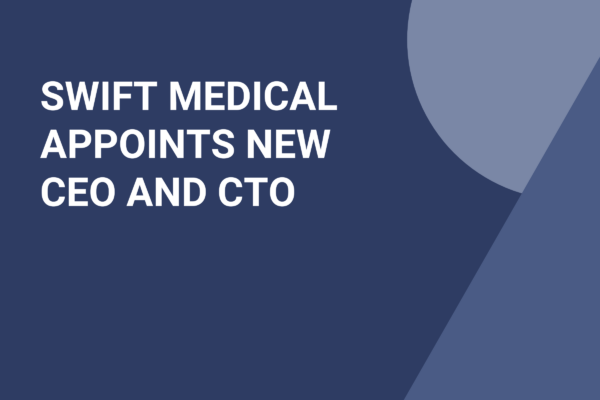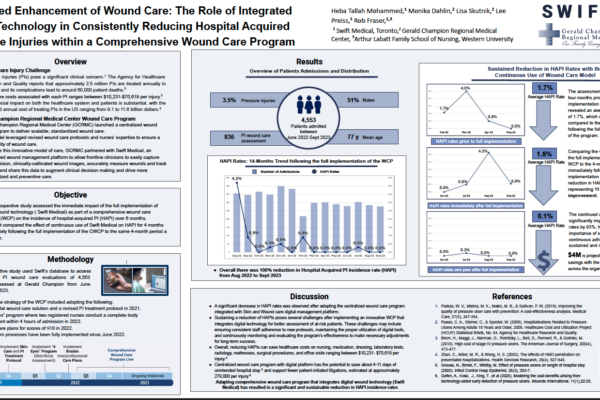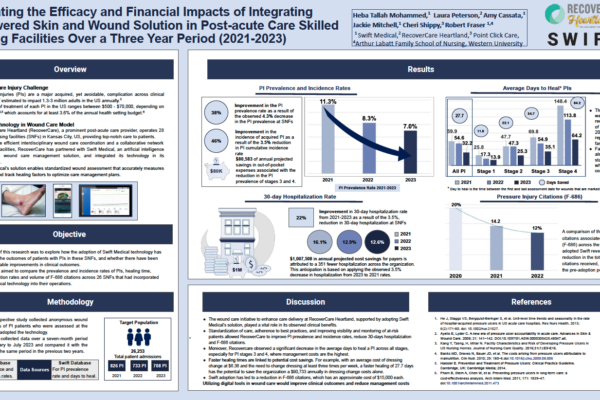Change is hard, especially when it comes to technology. Whether it’s something small, like switching from Android to iPhone for your personal device, or something more substantial, like adopting new technology at your healthcare organization, adapting to change can be stressful.
Psychologists have studied this phenomenon extensively and regardless of the type of change that’s happening, there are some common elements that make change uncomfortable. Perhaps chief among them is that the status quo is comfortable. Routine provides stability and helps us navigate complex situations more easily. Anything that disrupts the established order of things can create anxiety and stress. This is especially true when the benefits of change are vague or poorly communicated. The inability to properly articulate why change is necessary has been the death knell for many well-intentioned transformation projects, especially in healthcare.
Why Change in Healthcare is Particularly Challenging
In healthcare, routine not only provides comfort, it also helps mitigate risk. Procedures and policies are extensively studied before they are implemented to ensure that they don’t jeopardize patient safety. Because it takes so much time and energy to get any program or process up and running, it can be hard to counteract that inertia for a new project – even one that has the potential to improve care.
How can Healthcare Organizations Implement Change Effectively?
One of the most widely used frameworks for change management was developed by Dr. John Kotter, Professor Emeritus at the Harvard Business School. Kotter’s model is designed not just to help organizations manage change, but to empower them to lead change that lasts. It is an active, rather than passive approach to organizational transformation and prioritizes human needs first and foremost to ensure organizations embrace change and its benefits, rather than merely accept it is a top-down directive form management.
Kotter’s framework has eight steps, further outlined below.

Organizational Change and Wound Care
Perhaps one of the areas most in need of innovation at healthcare organizations is wound care. Across the care continuum, wound care is very much stuck in the 20th century, with paper rulers and q-tips being used as the primary method to measure wounds.
Arguably the most important part of Kotter’s framework is the first item: create urgency. There has never been a better time to consider transforming your wound care program. From new regulations coming to skilled nursing that will increase the frequency of enforcement and severity of penalties, to a paradigm shift in home health that will see CMS begin the process of moving from volume to value-based payments – if your organization is standing still, it’s falling behind.
At Swift, we know that change is hard and that’s why we are here to help. Not only is our technology easy to use (85%+ clinician satisfaction), we are also there to help you along the way with the largest clinician-led implementation support team of any digital wound care application in the world.
To see the benefits of transforming your organization’s wound program with our technology, check out this webinar: Maximizing Outcomes in Home Health by Streamlining Your Technology. Learn to:
- Formulate an implementation plan for new technology
- Design a plan to realize your technology ROI quickly
- Use behavioural change techniques and strategies to help your team adopt new technology





